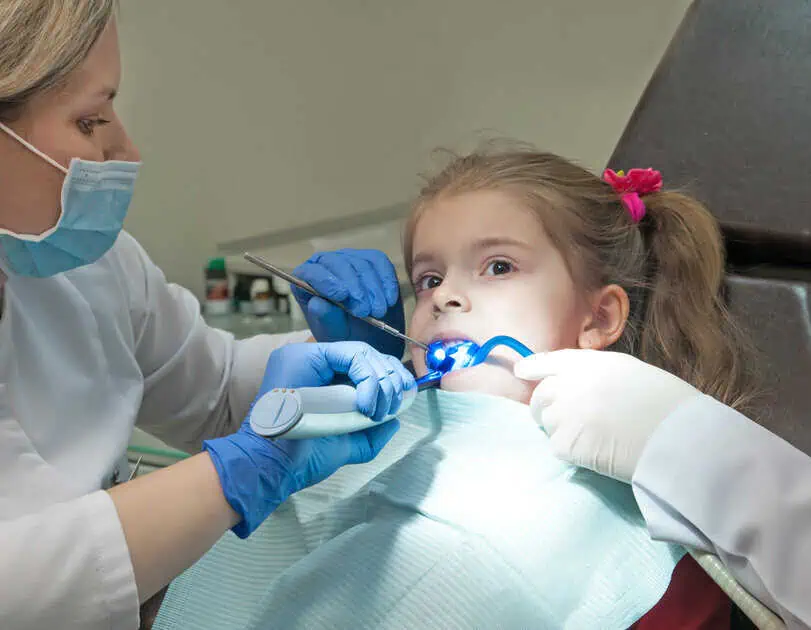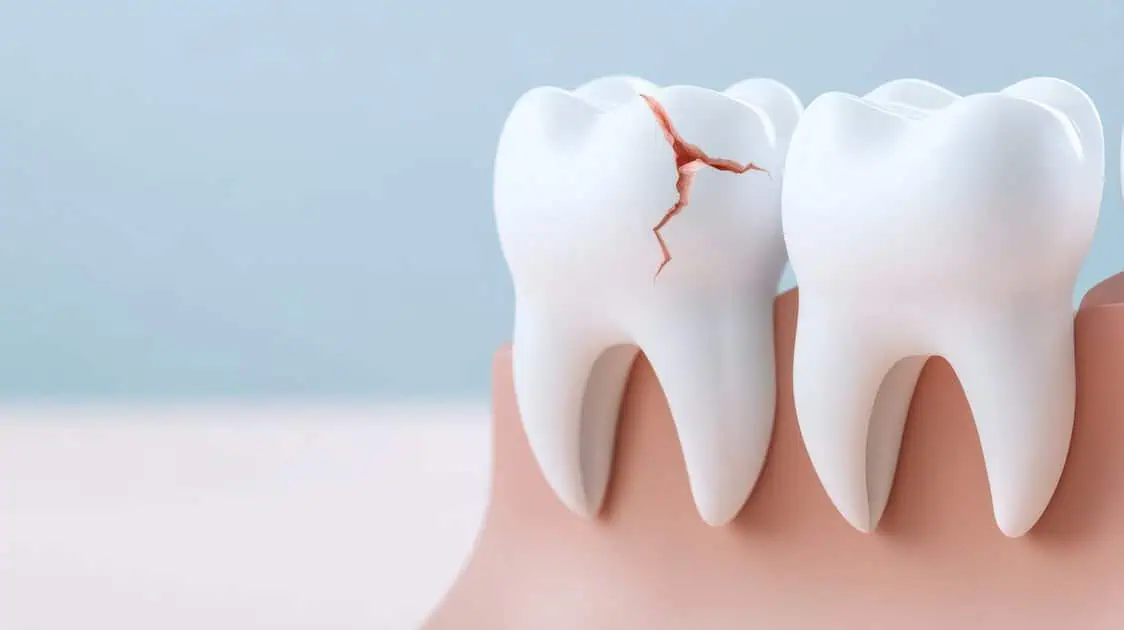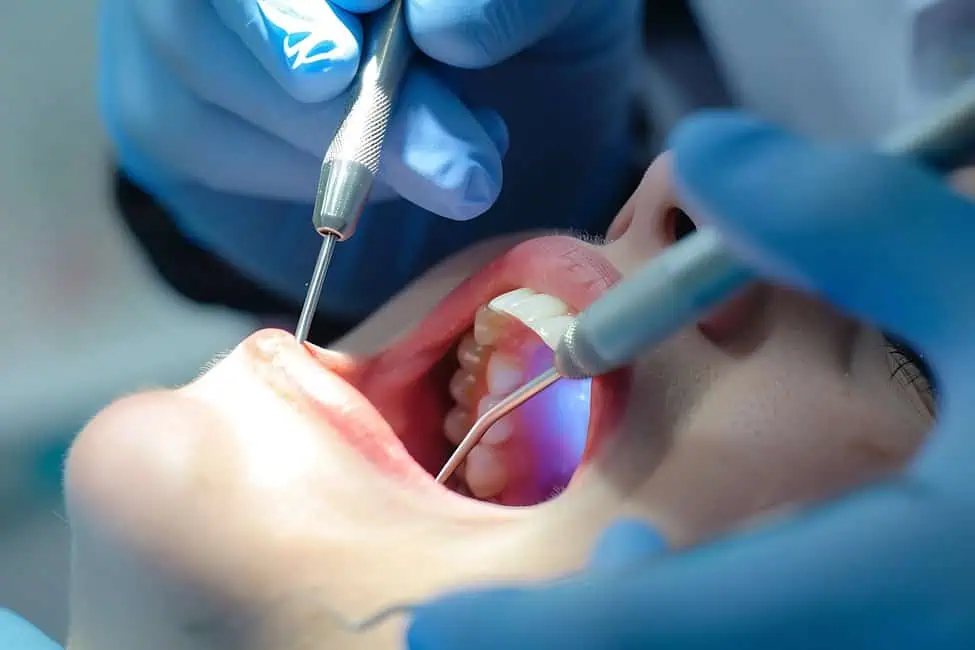Table of Contents
When a root canal doesn’t suffice, an apicoectomy often becomes the following line of defense to save a tooth, requiring removing the apex of the tooth’s root and the infected tissue. Patients weighing this surgical option wonder about the length of the recovery process, considering its benefits against the downtime required. Recovery time can vary, influenced by factors such as the complexity of the surgery and each patient’s health considerations. Endodontic Specialists by Solomon Dental is dedicated to providing an exceptional dental wellness experience.
Immediate Post-Surgical Recovery: Essential Steps to Follow
Apicoectomy recovery starts the moment you leave the dental surgeon’s chair. Your actions in the first 24 hours are crucial for a smooth healing journey. Here’s a structured list of what you need to prioritize immediately after your surgery:
- Manage Pain Proactively: Before the anesthesia wears off, take pain relievers as your dentist prescribes. The affected area can be soothed by applying an ice pack.
- Rest Adequately: Elevate your head with pillows to minimize bleeding and swelling. Avoid strenuous activities and rest for the remainder of the day.
- Follow Specific Oral Hygiene Instructions: Do not rinse your mouth for the first 8 hours after surgery. After that, gently rinse with warm salt water every few hours and after meals.
- Control Bleeding: Bite on a gauze pad firmly for about an hour. Replace the place as it becomes soaked with blood.
- Limit Oral Activities: Avoid touching the surgical site with your fingers or tongue. Additionally, it is recommended to refrain from smoking or using a straw, as the suction can disrupt the healing process.
- Eat Soft Foods: Stick to a soft or liquid diet, avoiding the side of the surgery. Avoid hot liquids and spicy foods, which may irritate the area.
- Attend to Swelling: Use ice packs on your cheek in a cycle of 15 minutes on and 15 minutes off.
The First Week: Navigating the Critical Recovery Phase Post-Apicoectomy
The journey through the first week after an apicoectomy is pivotal to your overall healing. During this time, your body starts to repair the surgical site, and careful management can lead to a smooth and swift recovery. Here’s your go-to checklist for the first seven days post-surgery:
- Keep an Eye on the Surgical Site: Inspect the area daily for signs of healing or any indications of infection. Notice redness, excessive swelling, or discharge that may warrant immediate attention.
- Maintain Gentle Oral Hygiene: Continue rinsing with salt water or a prescribed antimicrobial mouthwash. Brush your teeth gently, avoiding the area of surgery to prevent irritation.
- Adhere to Suitable Dietary Choices: Gradually reintroduce semi-solid foods as tolerated. Avoid chewy, crunchy, or hard foods that could disturb the site.
- Manage Pain as Directed: Continue using medications as directed by your dentist or surgeon. Report any changes in pain levels or concerns about medication effects.
- Document Your Recovery Progress: Keep notes on your healing process, which can be helpful for follow-up visits. Observe and record any changes in pain, swelling, or general discomfort.
- Reduce Physical Activity: Limit vigorous exercise to prevent bleeding and promote clotting at the surgical site. Opt for light walks to encourage circulation without overexertion.
- Avoid Prohibitive Habits: Continue to abstain from smoking, which can significantly hinder healing. Skip alcoholic beverages as they can interfere with the effectiveness of medications.
- Attend the First Postoperative Visit: Visit your dentist or surgeon to monitor your healing. Use this opportunity to discuss any concerns and verify the healing trajectory.
Weeks Two to Four: Guiding Your Ongoing Healing Process After Apicoectomy
As you transition into weeks two to four post-apicoectomy, your body’s healing mechanisms actively repair tissues. This phase is less about immediate recovery than ensuring long-term healing success. Follow these guidelines to foster a continued path to wellness:
- Gradually Increase Oral Function: Start incorporating more solid foods as comfort allows. Chew with caution and avoid biting down on the healing side.
- Monitor Healing Milestones: Look for signs of decreased swelling and reduced discomfort. Observe the formation of new gum tissue around the surgical area.
- Ease Back into Daily Activities: Resume your regular exercise routine, listening to your body’s tolerance levels. Keep heavy lifting and high-impact activities to a minimum until fully healed.
- Be Mindful of Persistent Symptoms: Take note of any ongoing symptoms or discomfort and discuss them during follow-up visits. Recognize that while some sensitivity is normal, persistent pain may require attention.
- Attend Follow-Up Appointments: Keep all scheduled visits with your dentist or oral surgeon for progress assessments. Use these appointments to address any concerns and adjust care plans as necessary.
- Protect the Surgical Site: Avoid direct pressure or trauma to the operated area to facilitate unimpeded healing. Continue to protect the site from potential injury during sports or physical activities.
- Manage Discomfort as Needed: Use pain relief methods sparingly, as needed, and according to professional advice. Recognize a decrease in the need for pain management as a positive sign of healing.
Beyond the First Month: Achieving Full Recovery and Restoring Normalcy After Apicoectomy
Once you pass the one-month mark following an apicoectomy, you’re entering the final stretch where complete healing and a return to everyday dental routines take center stage. Here’s how to navigate this period effectively:
- Assess the Healing Progress: Check the surgery site to ensure it’s fully closed and the gum appears healthy. Confirm the resolution of any discomfort or sensitivity in the area.
- Resume All Normal Eating Habits: Reintroduce all types of food into your diet, chewing comfortably on both sides of the mouth. Enjoy a varied and balanced diet to continue supporting your body’s recovery.
- Return to Regular Dental Care: Reestablish your oral hygiene routine, including regular brushing, flossing, and using interdental brushes or mouthwash as recommended. Following your dentist’s advice, schedule a teeth cleaning or other routine dental procedures.
- Confirm the Success of the Procedure: Visit your dentist for a final assessment to confirm the apicoectomy’s success. Discuss any further dental care or check-ups required to maintain oral health.
- Maintain Vigilance for Late-Occurring Issues: Stay alert to unusual signs or symptoms, as issues can sometimes arise even after apparent healing.
- Focus on Long-Term Oral Health: Adopt practices that protect your teeth and gums moving forward, like avoiding tobacco and reducing sugary snacks. Consider additional protective measures, such as wearing a mouthguard during sports if advised.
Consult a Professional
Moving beyond the initial recovery period, a complete return to normalcy involves both physical healing and the reassurance that comes from a thorough evaluation by your dental professional. Embracing the full scope of recovery ensures the health of the treated area and the long-term well-being of your entire mouth. It’s essential to consult with a certified dental health professional to find the best dental health treatment option based on individual needs and conditions.
Takeaway
As you navigate through the recovery stages after an apicoectomy, remember that patience and attentive care are your best allies. Endodontic Specialists by Solomon Dental in Summerville, SC is dedicated to guiding you back to optimal oral health with personalized care and expert advice. Don’t hesitate to reach out if you have concerns or require further assistance in your apicoectomy recovery journey. Your complete healing is our utmost priority. For continued support or to manage your dental health proactively, contact us or book your next appointment today.







